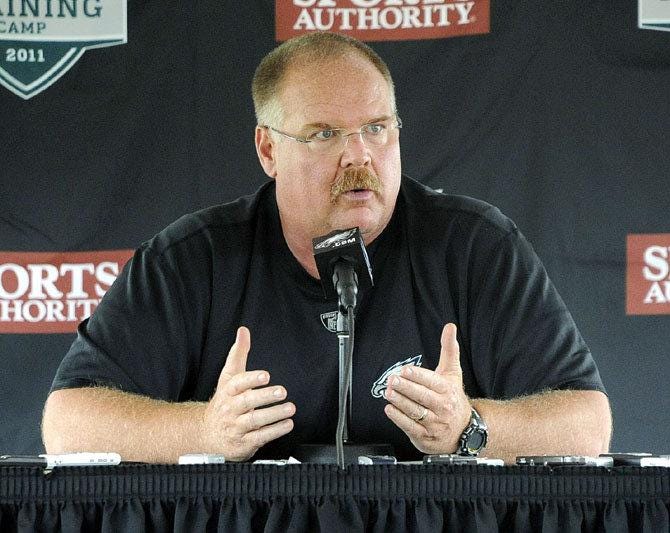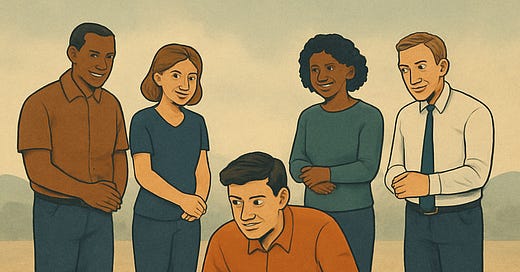Early in my career, I was petrified to admit I had made a mistake. My focus would be on fixing whatever issue existed as quickly as possible and move forward from there.
It wasn’t the mistake that rattled me as much as it was the perception I felt it would give others of me as a leader. Looking back, I can see that I spent a good part of my early career working in fear, not necessarily of making a mistake, but in fear of how that mistake would reflect back on me.
I would even lie to myself, ignoring the fact that I was so consumed with how I thought others viewed me (and my ability to do my job well), thinking that if I could just get things back on track, that is the only thing that mattered.
What I was actually doing was protecting my ego.
Make the problem go away quickly, and no one has time to cast blame, or so I thought. This would lead to making excuses (disguised as “identifying areas of improvement”) or deflecting responsibility.
It took a few years, but what I came to learn was that if you cannot acknowledge your role in the problem, you’re cutting yourself off from being an effective part of the solution.
There is a note that sits on my desk which reads, “If I am not a part of the problem, I cannot be a part of the solution. Look within first.”
I’m not sure who said it, but I know I heard it during a training session with the XChange organization.
It sounds simple, but owning our role in a problem is one of the hardest, and yet most powerful, things we can do. It forces us to examine our own faults and blind spots and is the mark of true leadership.
Taking responsibility is hard, especially when things aren’t going well.
There is the personal aspect: the feelings of failure and inadequacy that can arise when you are an integral part of something that fails to meet expectations.
Then there is the public aspect, which can often be worse. When you are working in any capacity for others, there will always be detractors in the crowd who make themselves heard when something goes wrong.
Why would anyone want to deal with this? It makes it easier to pass the buck on a problem or to make excuses so that you absolve yourself of blame.
Easier in the short term, but ineffective in the long term. Failure to accept responsibility for your role in a problem (no matter the size) keeps you further away from a resolution.

When Andy Reid was the head coach of the Philadelphia Eagles, his post-game press conferences all had the same familiar sound bites:
“I gotta do a better job…”
“It’s my responsibility to put guys in the position to make plays…”
These lines were repeated during every press conference, win or lose. They quickly became a joke to the media and many fans. But when you really dig into them, they actually represent a master class in responsible leadership.
It would have been easy for Coach Reid to publicly point the finger at a player who made a mistake on the field. But he recognized that he had a role to play in everything that happened with his team. He recognized that if any problem existed, he must take some level of responsibility for it to be corrected.
Reid also recognized that publicly throwing his players under the bus isn’t productive when addressing an issue. He chose to take the responsibility publicly in exchange for an inclusive team atmosphere. Andy Reid was the Head Coach of the Eagles for 14 seasons, and I can only remember a handful of times when player discipline was done publicly.
This is a big reason why Andy Reid has had such a long coaching career, is loved by his players, owns three Super Bowl rings (as a head coach), and is a lock to be inducted into the Pro Football Hall of Fame.
“If I am not a part of the problem, I cannot be a part of the solution.”
Take this part of the quote as a call to personal accountability. It's tough to come up with real solutions if you don't first acknowledge how you could be contributing to the problem. Even someone who's just joined a team or organization needs to recognize what biases or blind spots they have before joining the fray.
When you see yourself as entirely separate from the problem, you put yourself into a seat of judgment. Ownership is the path to influence.
“Look within first.”
Take the time to do some honest self-reflection. What do you bring, and how is it contributing to the current situation? What role did you play, even inadvertently, in contributing to the issue? Self-awareness is where authentic leadership and personal growth begin.
The next time you’re facing a challenge, pause and look in the mirror before pointing fingers. Your willingness to be honest and even a little vulnerable will diffuse tension and pave the way toward a solution. When you take that first step, you invite others to do the same.
Owning your part isn’t a sign of weakness, it is a sign of brave, bold leadership.
Take Action
For Parents:
Anything and everything we do and say can influence the behavior of our children: from the tone of our voice to our body language. Before correcting your child, ask yourself, “What part of this behavior is shaped by me?”
For Coaches:
Your energy will influence everyone you come into contact with. Take some time to do an honest assessment of your leadership style and how it influences team and staff culture. How has it contributed to the issues you want to fix?
For Board Members:
The next time your organization is faced with an issue (or current issues yet to be resolved), take some time to assess how dynamics inside of the board room might be influencing these challenges. What might be possible if every board member took ownership for how their words and actions shape both the boardroom and the organization as a whole?





